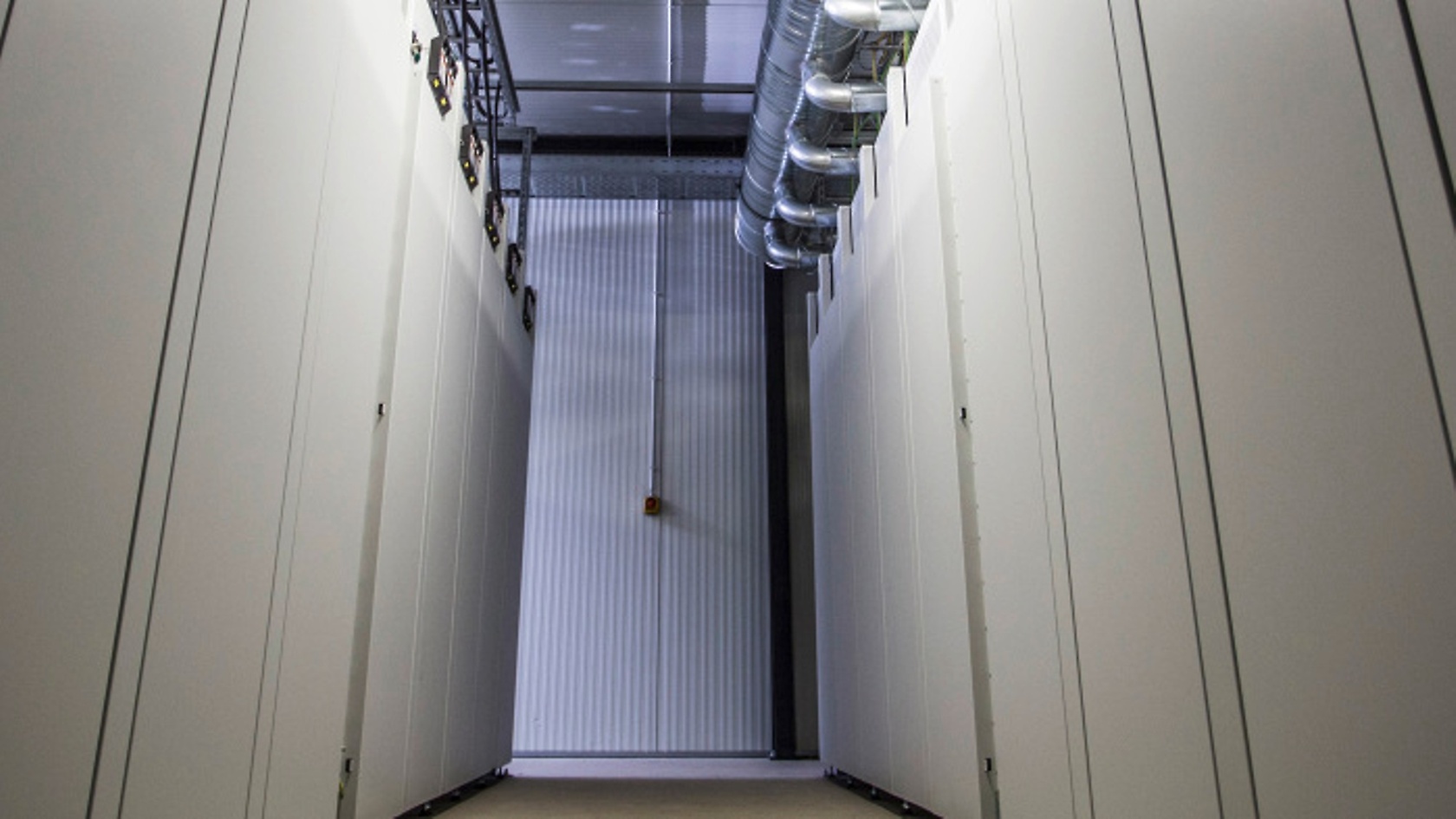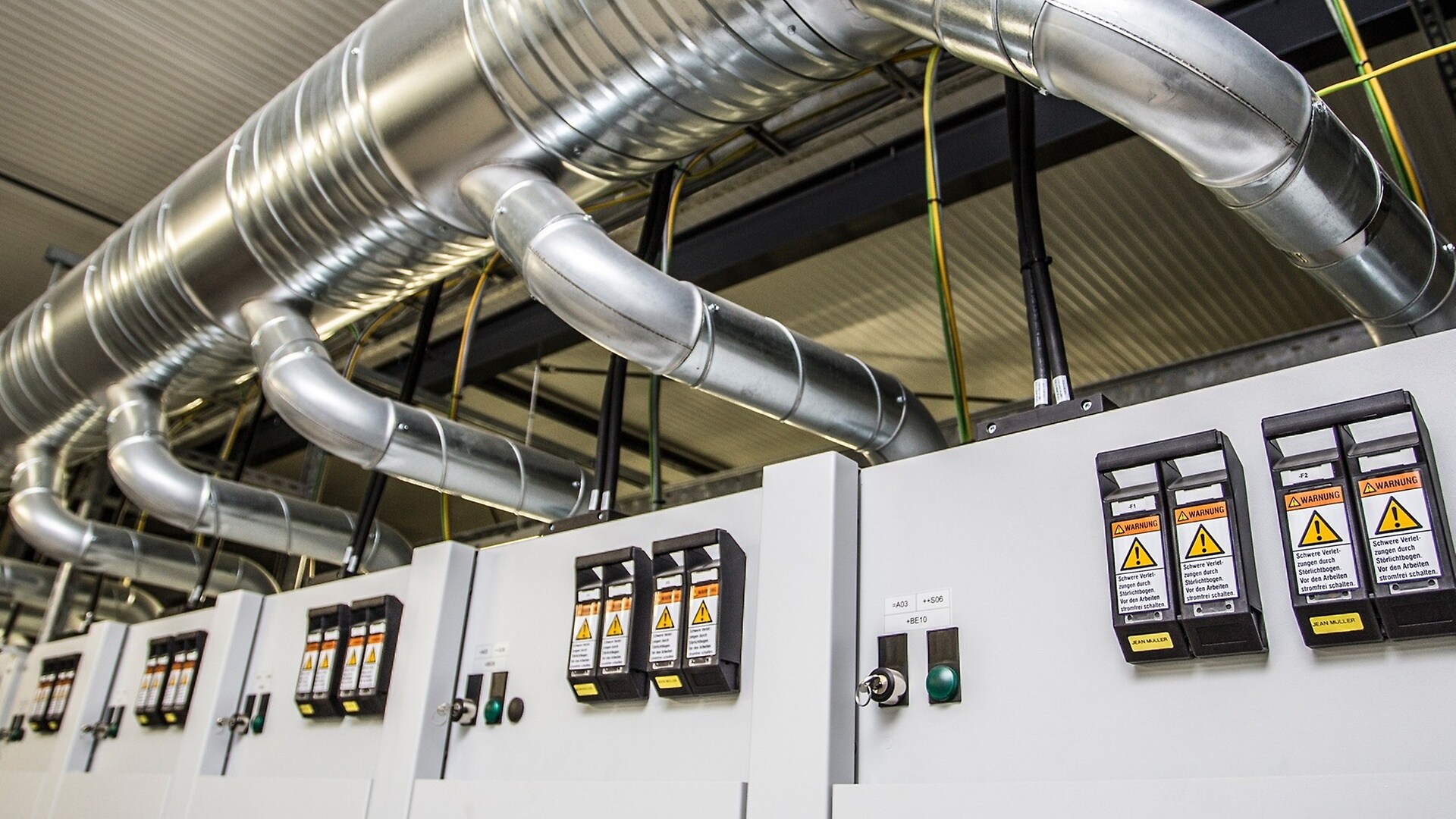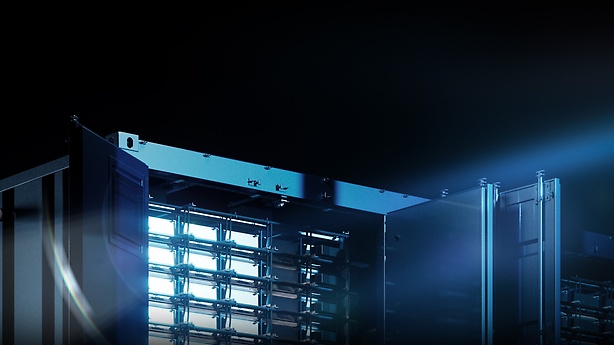The Mercedes-Benz Group, GETEC ENERGIE, and The Mobility House are extending the lifecycle of their stationary energy storage systems, based on repurposed vehicle batteries, for another five years. The storage systems in Lünen and Elverlingsen, which have been in operation since 2016 and 2018, were successfully requalified in 2023 for providing primary control reserve (PCR) – the fastest and most critical grid service in the power system. More than 2,000 repurposed battery modules, developed and supplied by Mercedes-Benz Energy, will continue to provide 29 MW of power and 31 MWh of energy, helping to stabilise the grid and reduce dependency on fossil fuel power plants.
,xPosition=0,yPosition=0.5)
The second life of car batteries

,xPosition=0.5,yPosition=0)
,xPosition=0.5,yPosition=0)